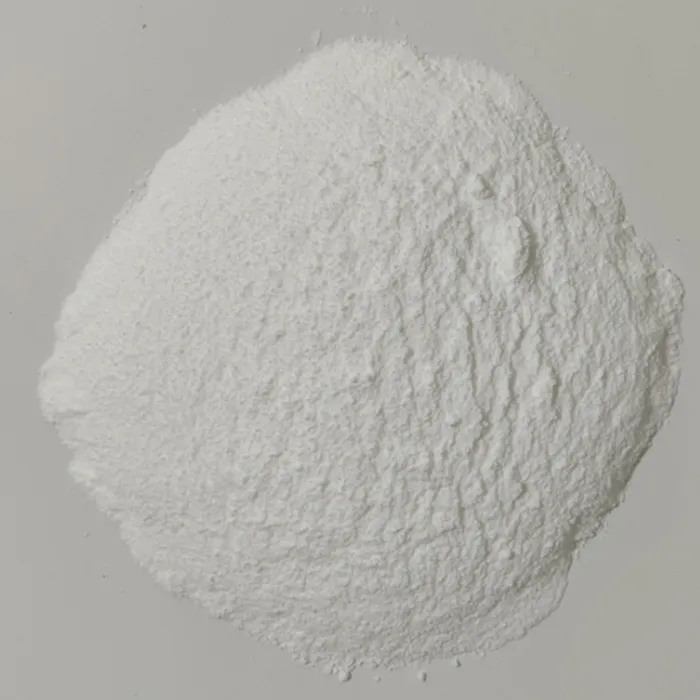Reverse osmosis (RO) technology is widely used for water purification, treating both desalinated seawater and brackish water for various applications. In the process of reverse osmosis, specialized chemicals play a crucial role in ensuring efficiency and effectiveness. Understanding these chemicals is essential for optimizing the performance of RO plants.
One of the primary categories of chemicals used in RO plants is antiscalants. These are substances that prevent the precipitation of minerals such as calcium, magnesium, and silica that often form scales on membranes. Scaling can significantly decrease the efficiency of the RO process, resulting in reduced water production and increased energy consumption. By using antiscalants, operators can enhance membrane lifespan and maintain consistent performance.
Another critical group of chemicals is cleaning agents. Over time, membranes can become fouled due to the accumulation of organic matter, bacteria, and silt. Routine cleaning is necessary to restore membrane permeability and performance. Common cleaning agents include acid cleaners to remove inorganic scales and alkaline cleaners to tackle organic fouling. These agents help maintain the integrity of the membranes and prolong their operational life.
Biocides are also essential in the management of RO systems. They are used to control biological growth by inhibiting the proliferation of bacteria and algae that can cause biofouling. Biofouling can have detrimental effects on membrane performance and contribute to increased operational costs. The careful use of biocides is vital to ensuring water quality and system efficiency.
what are the chemicals used in ro plant

Furthermore, some RO plants may use pH adjusters to optimize the pH of the feed water. Maintaining the right pH is crucial for maximizing the efficiency of antiscalants and cleaning agents. Adjusting pH levels can also help mitigate scaling and fouling issues.
Lastly, flocculants and coagulants may be employed in the pre-treatment process to aggregate suspended particles and facilitate their removal, thereby improving the quality of the feed water entering the RO unit.
In summary, the effective operation of a reverse osmosis plant relies on the strategic use of various chemicals, including antiscalants, cleaning agents, biocides, pH adjusters, and flocculants. These chemicals work collectively to enhance the efficiency, safety, and longevity of the RO membranes, ensuring a reliable supply of purified water.

